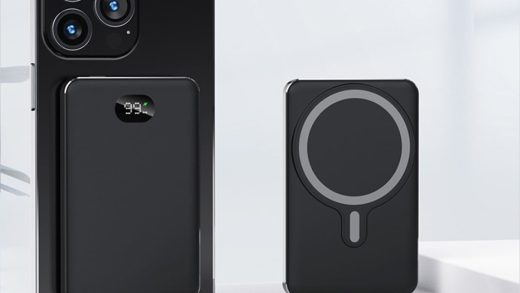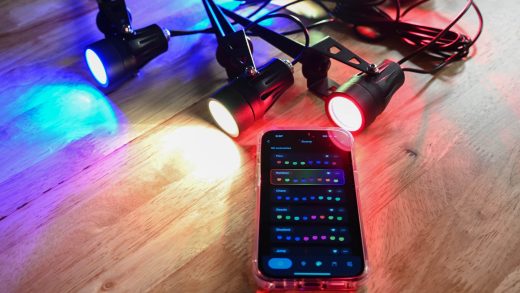Recently, microphone maker Blue announced a $100 professional studio microphone, the Ember. So the question arose: What is this XLR thing, and how do I use it? Let’s talk about what XLR is and why you might want to use it in your studio.
XLR is pro audio. It’s what all recording and radio studios use, and it’s what you’ll see live performers using on stage. That’s because XLR cables carry balanced audio, which is essential for getting clean sound.
What is XLR?
First things first—let’s define what XLR means. It’s a pretty simple abbreviation for X Connector, Locking Connector, Rubber Boot. The “rubber boot” portion of the connector isn’t always part of the equation these days, however, as it’s no longer necessary. Despite the slight design change, the name has stayed the same.
There are currently several different versions of XLR cables available with a variety of additional pins (XLR3 – XLR7), but what we’re talking about here is the XLR3 or the three-pin style of cable. This is by far the most common type of cable.
In short, XLR is the go-to standard for high-quality audio inputs, like microphones. This is because they send a balanced signal that isolates noise. It’s simply a better type of connector for that type of application, but it’s also so robust that it isn’t necessarily something the average consumer needs to really think about using unless it’s for high-quality audio recording or streaming.
Aside from an XLR mic and XLR cable, you’ll need some sort of audio interface or mixer so your computer can see the mic. A decent audio interface can be found for as little as $40-50, but nicer units can go for a lot more. The average enthusiast will probably want to spend somewhere in the $150-200 range for a good interface—something like the Focusrite Scarlett 2i2 is a good place to get started, for example.
If you plan on doing home recording, you’ll also need a DAW—a Digital Audio Workstation—to capture your recording. You can use something free like Audacity, though there are also excellent options out there that don’t cost a lot, like Reaper. You can read our pics for best DAW here.
The technical side of what makes XLR so much better than other audio inputs is, well, pretty technical. Read on for all the juicy details.
The Balancing Act
If you’ve ever changed the batteries in your flashlight, you have probably noticed that there’s a plus (+) and a minus (-) side to the battery. When you only hook one side of the battery to your flashlight’s bulb, nothing happens. You need both the positive and negative connections to make the bulb light up. This is an electrical circuit. The electrons must make a complete loop from the battery’s negative pole, through the wire, through the light, and back to the battery again. Audio isn’t any different: you need the positive and negative sides of an audio signal for anything to happen. A microphone pushes electrons onto one side of the cable, the electrons are passed to an amplifier, and then back to the other side of the microphone.
Read the remaining 17 paragraphs
Source : What Is an XLR Microphone, And Why Would I Want One?








